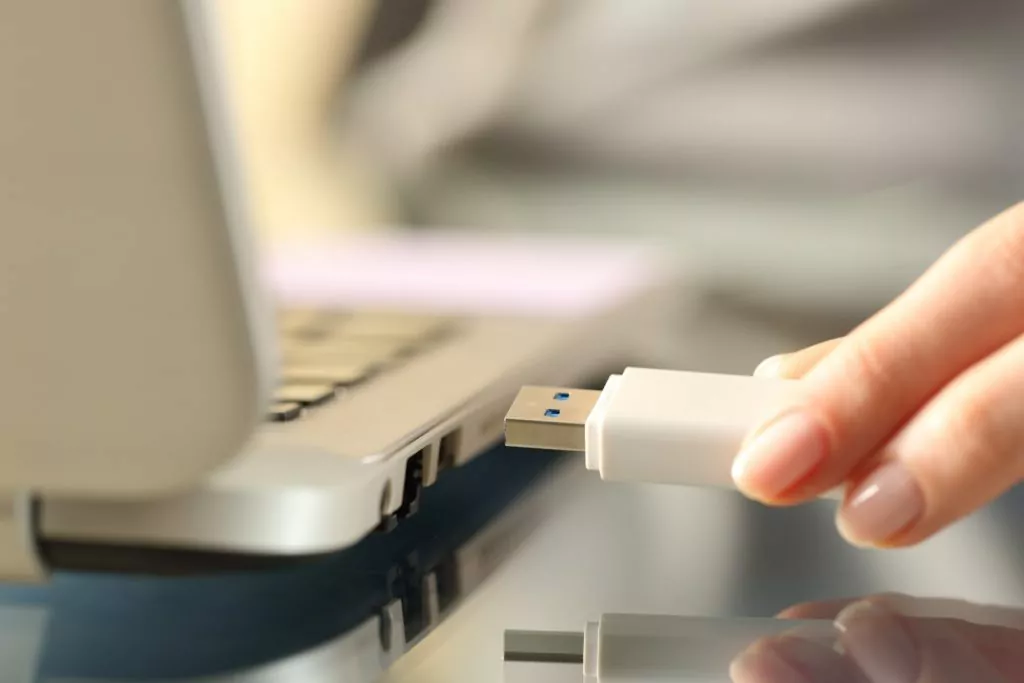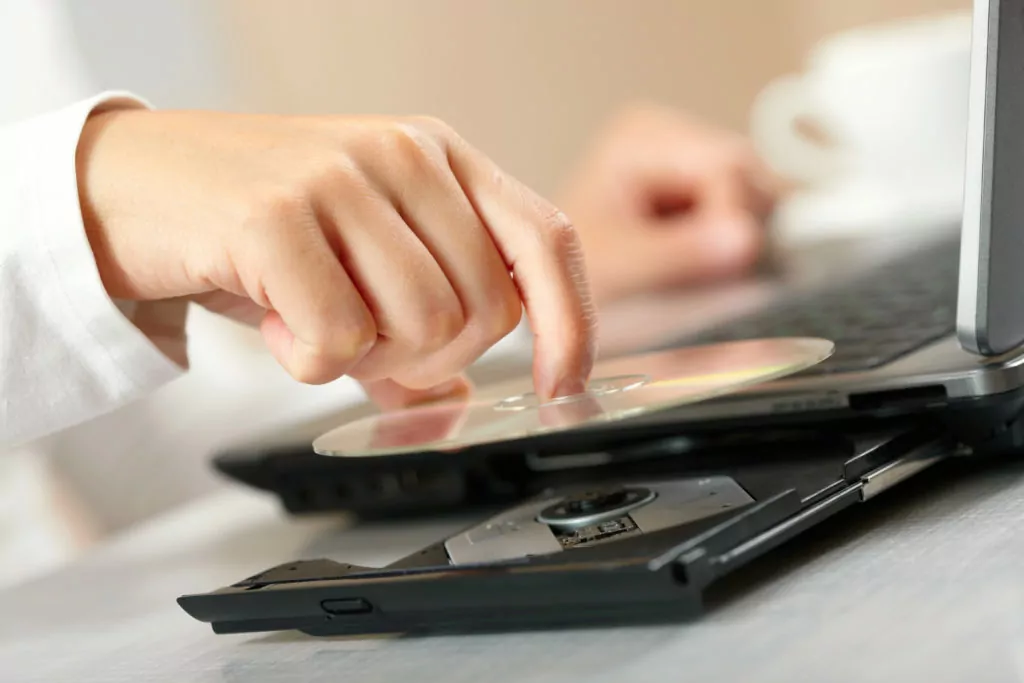This is whether you need internet to install Windows 10.
The short answer is no.
If you want to know how to install Windows 10 without the internet, then you’re in the right place.
Let’s get started!

How To Install Windows 10 Without an Internet Connection
Windows is an operating system that lets our laptops and desktop computers work for us.
We need it to be able to play games, to work, to surf the web, etc. An operating system is an integral part of every device.
Our smartphones have operating systems as well. They’re just a little different from the ones that our laptops use.
It’s pretty simple. Every machine has to have a set of controls and commands that make it work. This is what Windows 10 is for your laptop, and Android OS is for your smartphone. It’s like the steering wheel in our car.
We have the engine (hardware: the metal, plastic, and other pieces in a laptop) running, and then we have the steering wheel (Windows 10) that lets us control where we want to go.
So, how do we install Windows 10?
Windows 10 Installation Media
There are several ways we can install Windows 10. It depends on the type of media that we use to install it. We can use a CD (compact disk), USB (Universal Serial Bus) drive, a hard drive, or an external hard drive.
These are the most basic installation media we can use to install Windows 10. It largely depends on which one is the most convenient one for you.
The easiest way is by downloading the Windows 10 ISO (Optical Disk Image) file from Microsoft’s website. This situation requires you to have an internet connection.
However, you can always opt for buying a CD with the installation files.
Let’s speak about different installation media:
USB Drive Installation
This is by far the favorite among many users. It’s convenient because many laptops don’t have CD readers, but they have USB ports (the things we plug in our phones to charge).
Essentially, we would need the internet to download the Windows installation ISO.
The other thing we need is a USB drive with at least 16 GB storage capacity. From that point on, it gets much easier.

We need to download the ISO from Microsoft’s website, and we need to create a live USB drive.
A live USB drive contains the whole operating system, and it allows us to boot it. To boot a computer means to start it, so a bootable USB drive can be run.
With the newest update on Microsoft’s website, we can automatically download the media creation tool and set everything up in a couple of minutes.
The ISO file offers a clean install, and it’s fairly easy to do.
CD Installation
One of the most common ways, believe it or not, is to buy the official Windows 10 operating system on a compact disk.

We can find it almost anywhere near us, in any kind of tech store. They have these ready just in case someone shows up.
For this type of installation, you don’t need the internet. Although, you would need it to regulate all the updates that have gone live recently.
It’s also important to have an internet connection because there are drivers (programs connected to pieces of hardware so that it can work properly) that need to be installed.
Hard Drive Installation
This type of installation only requires you to use one piece of your hard drive to install the operating system. Usually, we have to parts of a hard drive we can access.
When we click on the shortcut called “My Computer,” we can see to main things Local Disk (C:) and Local Disk (D:). The first one is where we usually have our current system.
We can use the second disk to store the ISO file on it and then start the installation from there.
External Hard Drive Installation
We need the internet for this one as well. It’s possible to copy the ISO file from another computer onto your external hard drive. Still, the other computer would need the internet to download it.
With the previously mentioned media creation tool from Microsoft, it’s easy to create external hard drive installation media. It gives you a clean install, the same as a bootable USB drive.
The process is the same. We run the installer, go through a couple of steps, and voila, we have a brand new Windows 10 operating system.
All of the mentioned media, except the CD, directly or indirectly require an internet connection.
So, you might not need an internet connection but your friend, relative, significant other, or anyone else who you’re using to get the installation file—they need it.
Windows 10 Upgrade
Windows 10 upgrades are a completely different story. We can still upgrade from any one of these media or simply use the internet to upgrade.
There is a significant difference between an update and an upgrade.
Imagine driving an old car. An upgrade to that car will be buying a brand new Mercedes or just a more recent model than your old one.
An update would be to replace some of the parts on your old car with newer ones, just to make it run smoother.
So, a Windows 10 upgrade brings your system to a new standard and performance. It makes it run smoother and has new features that increase user-friendliness. It’s definitely the way to go if you’re looking to try out something new.
Windows 10 Update
The update happens when something needs to get up to date. Simply put, when the house has good insulation, but you’ve experienced extreme weather conditions during the previous years, you update the house by adding more insulation.
Windows 10 updates happen every time there is something that our operating system experiences as new, and it needs to accommodate that change. There’s also the matter of fixing certain things.
Suppose the operating system experiences the same errors during a specific period. In that case, an update is issued to fix those errors. It’s like when you’re playing a game on your mobile phone.
Sometimes it’s buggy, and we complain about it, so the people who created the game release an update to fix that.

